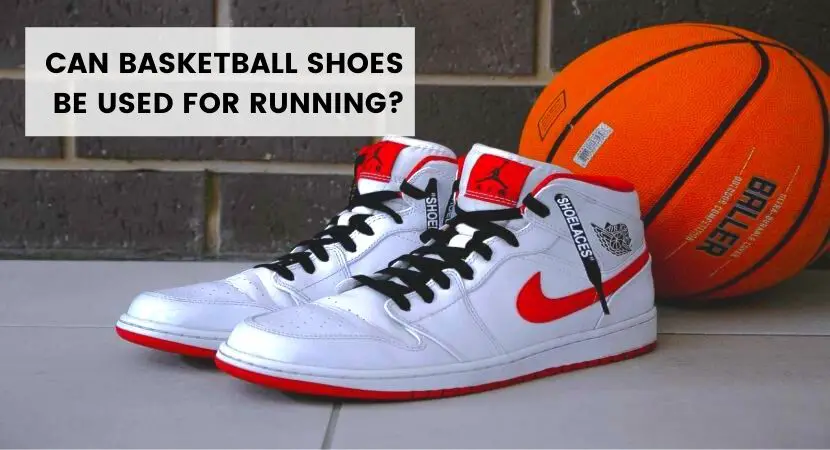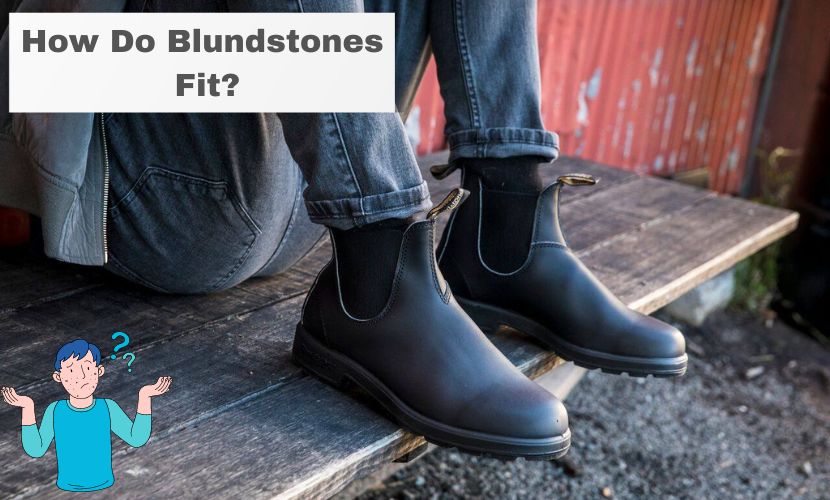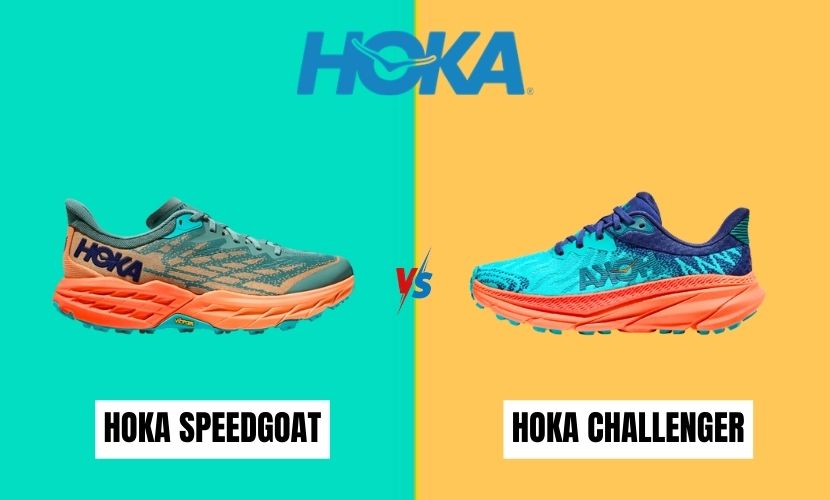Leather shoes are stylish and durable footwear choices but can be susceptible to water damage if not properly protected. Whether you’re facing rainy weather or planning outdoor activities, ensuring your leather shoes are waterproof is essential to keep them looking good and maintaining their longevity. In this guide, we will explore the best methods and products to waterproof your leather shoes effectively, allowing you to stride confidently in any weather condition.
When it comes to waterproofing leather shoes, there are several methods you can use. Leather waterproofing sprays are popular, as they create a protective barrier on the leather surface. Beeswax is another natural option that can effectively waterproof leather shoes. Silicone-based waterproofing creams provide a protective layer and prevent water damage. Mink oil is a natural substance used to waterproof leather shoes. Specialized waterproofing waxes or pastes designed for leather are also available. Each method offers a unique approach to protecting leather shoes from water damage.
Whether you have a new pair of leather shoes or want to extend the lifespan of your current favorites, investing time and effort into waterproofing them will undoubtedly pay off. You can prevent unsightly stains, discoloration, and premature deterioration by taking proactive steps to protect your leather shoes from water damage.
However, choose the best method and follow the instructions carefully to ensure effective waterproofing. Remember to test any product or method on a small, inconspicuous shoe area before applying it to the entire surface to avoid any potential damage or discoloration.
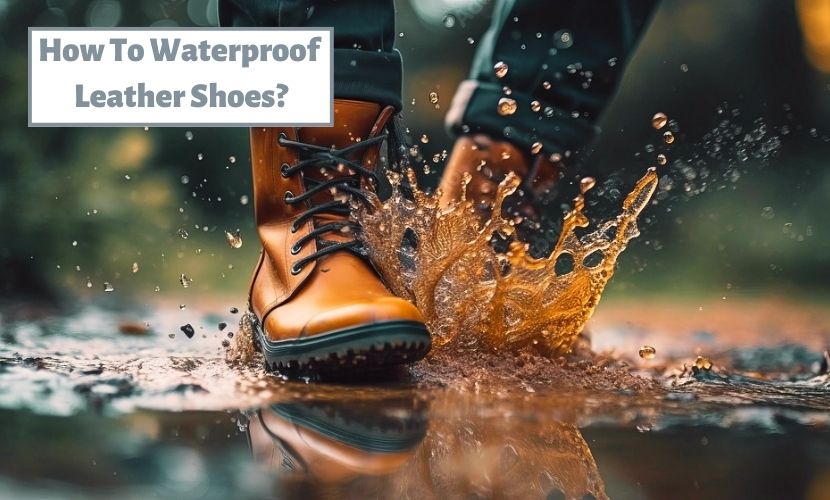
Understanding Leather Shoes
Leather shoes are famous for their longevity, ease, and style. However, they need adequate care and maintenance to last extended periods. One of the most obligatory features of nurturing leather shoes is waterproofing. This part will discuss the kinds of leather shoes and why waterproofing is critical.
Types of Leather Shoes
Leather shoes are available in various types, each with versatile attributes and care requirements. Some customary leather shoe kinds include:
- Full-grain leather: This type of leather is structured from the top coating of the hide, making it the most enduring and costly. It is also the most absorbent, making it exemplary for dress shoes.
- Top-grain leather: This is the second-high-rise standard leather and is designed by sanding off the upper layer of the hide. It is more accessible than full-grain leather but still hard-wearing.
- Suede leather: This leather is engineered from the hide’s underside, providing a soft and velvety texture. It is less sturdy than full-grain and high-grain leather and needs special care.
Comprehending the kind of leather your shoes are made of is crucial in detecting the proper care and maintenance.
Why Waterproofing Leather Shoes is Important?
Waterproofing leather shoes are required to protect them from water damage, marks, and tarnishing. Leather is a breathable material that soaks up water, giving rise to its appearance and texture loss. It can also direct the extension of mold and mildew, which can be strenuous to remove.
Waterproofing leather shoes also assists in maintaining their shape and lengthening their lifetime. It prevents the leather from cracking, waning, and becoming hard, which can be intolerable.
In summary, understanding the kind of leather shoes you have and why waterproofing is pivotal in maintaining their longevity, shape, and comfort.
Preparing Your Shoes
Before waterproofing your leather shoes, it is necessary to certify they are neat, scrubbed, and dry. This will help the waterproofing agent adhere better to the shoe and provide optimal protection against moisture.
Cleaning Your Shoes
To clean your shoes:
- Use a soft-bristled brush or cloth to remove any dirt or debris from the surface.
- Use a leather cleaner specifically designed for the type of leather your shoes are made of for tough stains.
- Follow the directions on the cleaner and check it on a small, unnoticeable part of the shoe first to verify it does not harm the leather.
Drying Your Shoes
After scrubbing your shoes:
- Permit them to air dry entirely in a ventilated area.
- Do not use heat or straight sunlight to dry them; this can make the leather split or discolored.
- Fill the shoes with paper or a shoe tree to maintain the appearance and remove any extra moisture.
After your shoes are wiped and dry, they are prepared to be waterproofed.
Choosing the Right Waterproofing Product
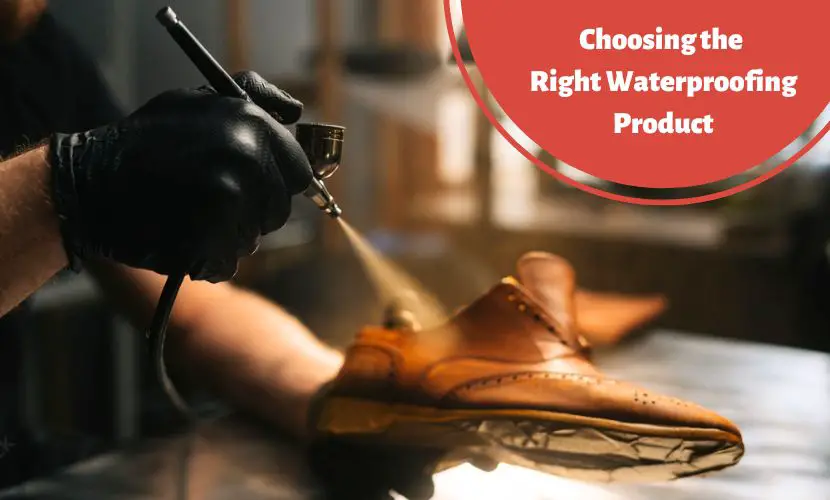
Regarding waterproofing leather shoes, selecting the perfect product can make all the difference. The following are several factors to consider when choosing a waterproofing product for your shoes.
Types of Waterproofing Products
Various waterproofing products are obtainable in the market, each with distinct benefits and drawbacks. Following are a few most ordinary kinds of waterproofing products:
- Sprays: Waterproofing sprays are peaceful to use and can be applied rapidly. They are supreme for shoes with an even surface, just like leather. Although, sprays may be less productive on shoes with an irregular or porous surface.
- Waxes and Creams: Waterproofing polishes and creams are perfect for shoes with bumpy or breathable surfaces, such as suede. They are comfortable to use and offer a durable waterproof fence. However, they may blacken the color of the shoe and can be arduous to remove.
- Sealants: Sealants are remarkable for shoes exposed to acute weather circumstances. They feature a strong, enduring waterproof barrier and can be used on all kinds of shoes. However, they can be hard to eliminate and may cause blotching.
Factors to Consider
When selecting a waterproofing product for your shoes, take into account the given factors:
- Material: Various materials need divergent kinds of waterproofing products. For example, suede shoes require wax or cream, while leather shoes can be treated with a spray.
- Intended Use: Consider where you will be wearing your shoes. You may need a more robust waterproofing product if you wear them in wet or snowy conditions.
- Color: Some waterproofing products may darken the color of your shoes. Think about opting for a product mainly structured for your shoe color.
- Ease of Application: Choose a product that is easy to apply and does not require special tools or equipment.
In summary, selecting the perfect waterproofing product for your leather shoes can assist in shielding them from water destruction and elongating their lifespan. Examine the excellent and convenient product for your shoes and the elements most obligatory to you when deciding.
Applying the Waterproofing Product

When waterproofing leather shoes, applying the right product is crucial. The following are several points on using the waterproofing product for your leather shoes.
Step-by-Step Guide
- Clean your shoes: Before applying the waterproofing product, make sure your shoes are clean and dry. Use a damp cloth to wipe away any dirt or debris from the surface of the shoes. Allow them to dry entirely before coming on to the next step.
- Apply the waterproofing product: Shake the can of waterproofing spray well and hold it about 6 inches from the shoes. Spray the boots’ whole surface, verifying it covers every shoe area smoothly. Certify to use the spray in a breathable area.
- Permit the shoes to dry: After using the waterproofing spray, allow the shoes to dry thoroughly. This may take a few hours, based on the product you are using. Wait to put on the shoes until they are dehydrated.
- Test the shoes: Once the boots are dry, examine them by pouring water on them. If the water beads up and rolls off the surface of the shoes, then they are waterproof and ready to wear.
Tips for Best Results
- Use a waterproofing spray specifically designed for leather shoes.
- Apply the waterproofing spray in a well-ventilated area to avoid inhaling fumes.
- Be sure to cover every part of the shoe evenly with the spray.
- Permit the shoes to dry entirely before using them.
- Reapply the waterproofing spray every few months to maintain the shoes’ waterproofing capabilities.
Following these simple steps and tips, you can ensure your leather shoes are waterproofed and protected from the elements.
Maintaining Your Waterproofed Shoes
Once you have successfully waterproofed your leather shoes, it is essential to maintain them properly to keep them looking great and protect them from water damage. Following are several points for nurturing your waterproofed leather shoes:
Cleaning Your Shoes After Waterproofing
It is necessary to clean your shoes routinely to stop dirt and residue from assembling on the leather surface. Use a soft-bristled brush or wet fabric to clean any dirt or marks. Prevent using severe chemicals or cleaners, as they can harm the leather finish and lessen the efficacy of the waterproofing product.
Reapplication of Waterproofing Product
With time, the waterproofing product on your shoes may fade or become less fruitful. It is necessary to reuse the product constantly to certify maximum shield. Stick to the manufacturer’s directions for application, and verify to use the product smoothly over the whole shoe surface.
It is suggested to reapply the waterproofing product after every several months or as required, based on how frequently you wear your shoes and the standard of exposure to water and various elements.
In addition, it is vital to keep your shoes appropriately to maintain their appearance and avert damage. Store them in an excellent, fresh, dry place away from uninterrupted sunlight and heat origins. Apply shoe trees or pack them with some paper to assist them in maintaining their shape.
Following these simple steps, you can maintain the waterproofing on your leather shoes and keep them looking great for years.
Conclusion
In conclusion, waterproofing leather shoes is essential to prolong their lifespan and keep them looking their best. It is an effortless procedure that can be carried out at home with several supplies. The following are various essential takeaways to consider:
- Clean the shoes entirely before using any waterproofing products.
- Apply a waterproofing spray or cream that is structured for leather shoes.
- Use the product smoothly and permit it to dry completely before wearing the shoes.
- Reuse the waterproofing product as required, specifically after subjection to water or heavy wear.
It is necessary to mention that while waterproofing products can assist in shielding leather shoes from water harm, they are not foolproof. Shoes should still be secured from additional exposure to water and should be permitted to dry if they do get wet.
Purchasing a perfect pair of shoe trees made of cedar can also aid in extending the life of leather shoes by soaking up moisture and adjusting their shape.
By following these easy steps and supervising your leather shoes, you can certify that they will look fantastic and last for years.
Read more on:


